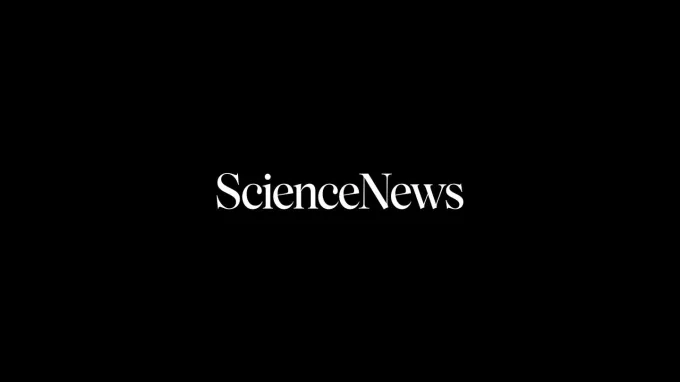Science News Magazine: Current Issue
Vol. 166 No. #15
Trustworthy journalism comes at a price.
Scientists and journalists share a core belief in questioning, observing and verifying to reach the truth. Science News reports on crucial research and discovery across science disciplines. We need your financial support to make it happen – every contribution makes a difference.
More Stories from the October 9, 2004 issue
-
 Astronomy
AstronomyMore space sugar
Astronomers have found a second, colder source of the simple sugar glycoaldehyde in a dust and gas cloud 26,000 light-years from Earth.
By Ron Cowen -
 Health & Medicine
Health & MedicineAdopted protein might be MS culprit
A protein called syncytin might play a role in causing degradation of the fatty myelin sheath that insulates nerves, damage that leads to multiple sclerosis.
By Nathan Seppa -

Car deaths rise days after terror attacks
A spike in automobile fatalities in Israel 3 days after each of a recent series of terrorist attacks reflects a delayed, population-wide reaction to those violent incidents, two researchers propose.
By Bruce Bower -
 Health & Medicine
Health & MedicineFighting cholesterol with saturated fat?
Marrying a saturated fat to the plant-derived ingredient in certain health-promoting margarines creates an especially potent cholesterol-lowering food additive.
By Janet Raloff -
 Health & Medicine
Health & MedicineTurmeric component kills cancer cells
Curcumin, the component of turmeric that makes the spice yellow, shows anticancer effects in lab-dish tests and in experiments on mice.
By Nathan Seppa -
 Physics
PhysicsHurrying a nuclear identity switch
Radioactive beryllium-7 atoms locked inside molecular cages decay extraordinarily quickly.
By Peter Weiss -
 Earth
EarthGlobal warming won’t boost carbon storage in tundra
The notion that a warmer climate in arctic regions will lead to enhanced carbon sequestration in tundra ecosystems isn't supported by field data.
By Sid Perkins -
 Health & Medicine
Health & MedicineCarotid Overhaul: Stents and surgery go neck and neck
Mesh cylinders called stents work as well as or slightly better than surgery in opening blocked carotid arteries in high-risk patients.
By Nathan Seppa -
 Astronomy
AstronomyPlanet Signs? Sifting a dusty disk
Infrared spectra of a disk of debris surrounding the young star Beta Pictoris reveals three distinct bands of dust, suggesting the location of a possible planet flanked by belts of asteroids or comets.
By Ron Cowen -
 Tech
TechDawn of the commercial space age
On Oct. 4, a privately funded, piloted craft called SpaceShipOne reached a height of 378,000 feet (115.1 kilometers), breaking a world altitude record for rocket-powered planes and claiming the $10 million Ansari X prize.
By Sid Perkins -
 Animals
AnimalsSeparate Vacations: Birds winter apart but return in sync
Mated pairs of black-tailed godwits may fly off to winter refuges a thousand kilometers apart but can still arrive back at their breeding site the next spring within a few days of each other.
By Susan Milius -
 Humans
HumansNobel prizes: The sweet smell of success
Nobel prizes in the sciences went to research on olfactory genes, subatomic particles, and the molecular kiss of death.
-
 Anthropology
AnthropologyEvolution’s Buggy Ride: Lice leap boldly into human-origins fray
A controversial genetic analysis of lice raises the possibility that some type of physical contact occurred between ancient humans and Homo erectus, probably in eastern Asia between 50,000 and 25,000 years ago.
By Bruce Bower -
 Humans
HumansScrubbing Down: Free soap, hygiene tips cut kids’ illnesses
In urban slums, enhancing family hygiene can prevent about half of childhood diarrhea and respiratory illnesses, including pneumonia, even among infants too young to wash themselves.
By Ben Harder -
 Health & Medicine
Health & MedicineVitamin Boost
Vitamin D is being linked to a host of health benefits that go well beyond stronger bones, extending to muscle preservation and some protection against cancer, diabetes, and multiple sclerosis.
By Janet Raloff -

They’re Sequencing a What?
Announcements of new targets for genome sequencing are bringing celebrity to lesser-known twigs on the tree of life.
By Susan Milius
